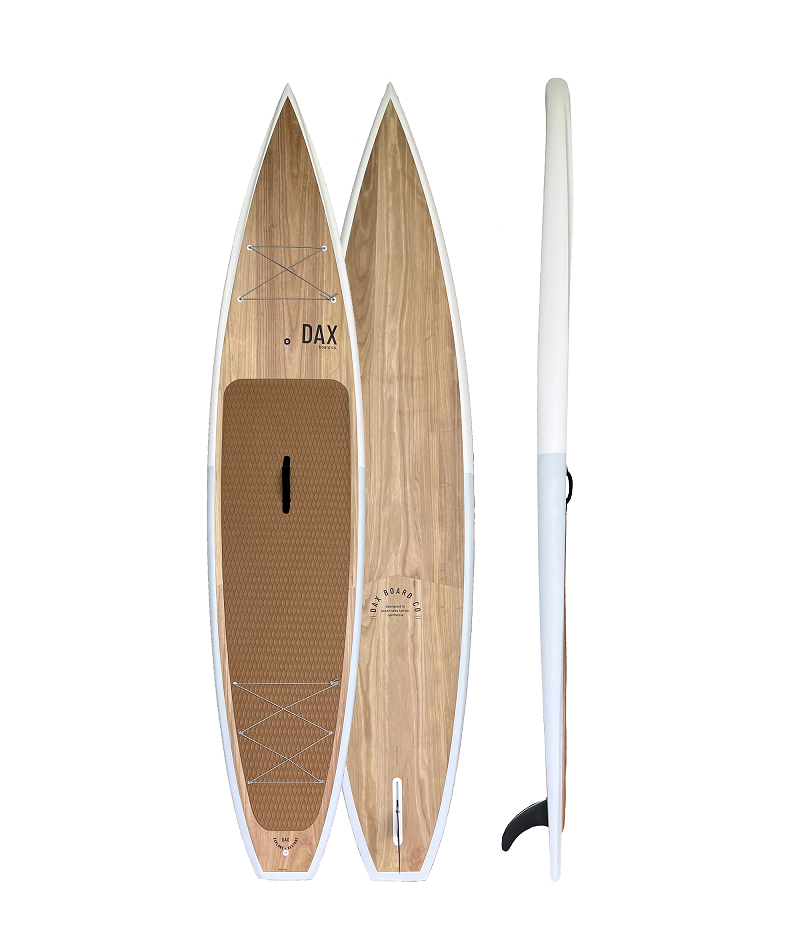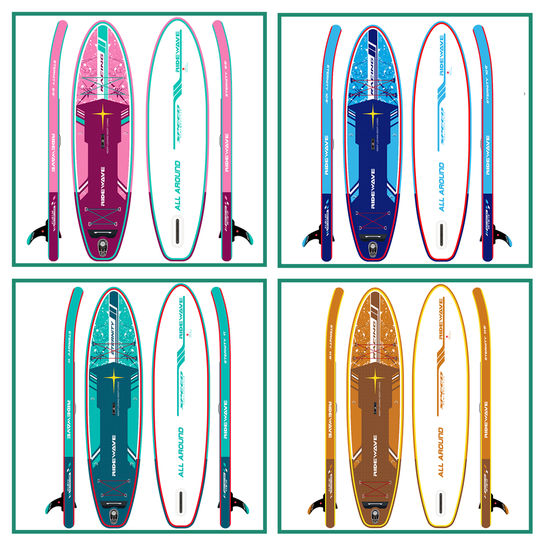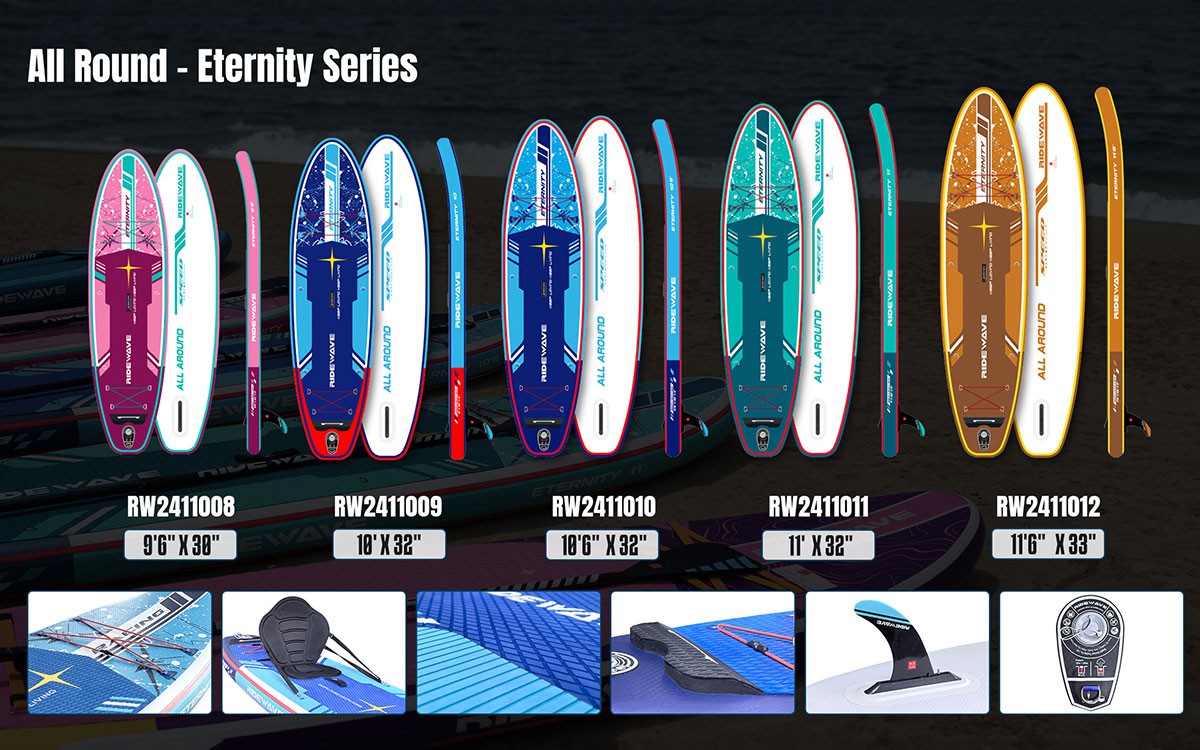From Solid To Inflatable: The Technological Evolution Of The SUP Industry
Mar 31, 2025
Leave a message
From Solid to Inflatable: The Technological Evolution of the SUP Industry
Once exclusive to professional surfers, solid stand-up paddleboards (SUPs) have been redefined by inflatable models. This revolution transcends mere form change, representing a profound fusion of materials science and engineering. This article dissects the technical distinctions between the two categories, unveiling the underlying logic behind the rise of inflatable SUPs.


I. Material Showdown: Limitations of Traditional Structures vs. Advantages of Polymer Materials
Solid Boards: The Sturdy but Cumbersome "Old Guard"
Mobile Sofa Analogy: Filled with foam (similar to furniture padding) and coated with fiberglass (like ceramic glaze), these boards weigh 15-25kg-heavier than an adult Golden Retriever.
Delicate "Porcelain Doll": Require specialized racks for transport and vast storage space. Even minor beach collisions cause chipping or cracks, with repair costs equaling 10 fancy coffees.
Inflatable SUPs: The Flexible "Transformers"
Military-Grade Materials: Triple-reinforced PVC (like premium umbrella fabric) paired with millions of explosion-proof drop-stitch fibers. At 15-18 PSI, they match the rigidity of hardboards while weighing under 9kg. The secret lies in vertically aligned cross-woven polyester fibers that form a rigid platform when inflated.
Multifunctional Design: Deflated, they roll into yoga-mat-sized bundles, fitting easily into car trunks (7-12kg-lighter than a bag of rice). Integrated D-rings, action camera mounts, and modular fin systems (e.g., ClickLock 3.0) enable customization for fishing, racing, or family fun.

II. Design Evolution: From Specialized Performance to Versatile Scenarios
Solid Board Logic
Narrow nose (<75cm) and tapered tail optimize maneuverability but limit use to surfing. Fixed single/tri-fin systems struggle in diverse waters.
Inflatable SUP Modularity
Width expanded to 80-100cm with progressive rocker lines balances stability and glide efficiency.
Removable multi-fin systems and zoned EVA traction pads allow
switching between racing, fishing, or yoga setups in under an hour.
III. Data-Driven Comparison: Key Upgrades
|
Metric |
Traditional Solid Board |
Premium Inflatable SUP |
|
Rigidity Retention |
Permanent |
≥95% of hardboard at 16 PSI |
|
Unit Logistics Cost |
$2.3-4.1/kg |
$0.8-1.5/kg |
|
Lifespan |
3-5 years (expert care) |
5-8 years (self-healing coatings) |
|
Scenario Adaptability |
2-3 uses |
6+ (with accessories) |
IV. Why Embrace the Inflatable Revolution?
Logistics: Deflated SUPs pack into 92x38x23cm backpacks, slashing transport costs by 60%.
Market Trends: Global inflatable SUP market to hit $1.8 billion by 2028 (Grand View Research), driven by urbanites and casual adventurers.
Profit Boost: Accessories (pumps, repair kits) increase per-customer spending by 25-35%.
About RideWave
As pioneers in inflatable water sports tech, we hold 18 patented material composites and pressure distribution systems. Providing OEM/ODM solutions for global brands, we empower the development of high-performance, high-margin SUP products.Find us

